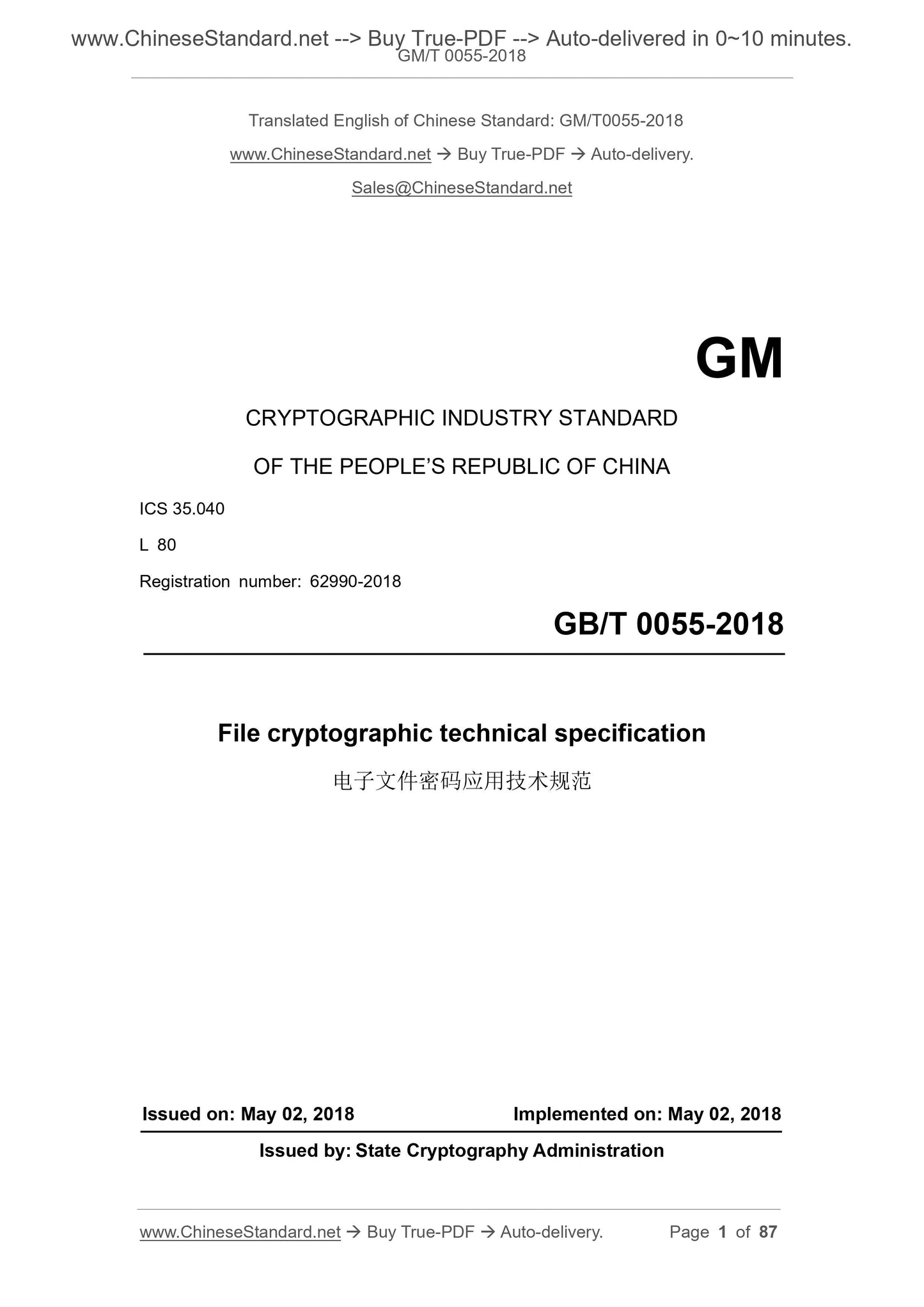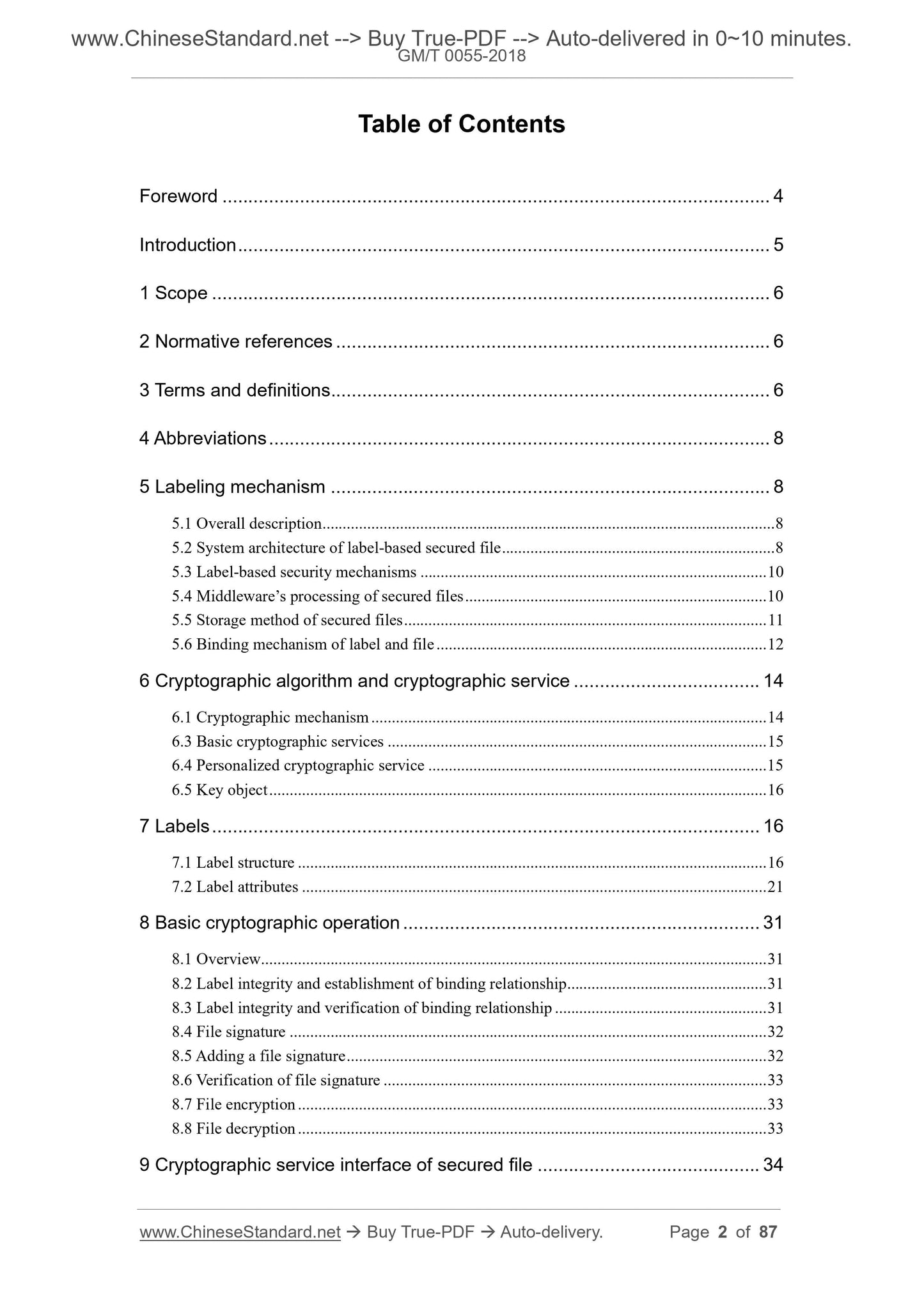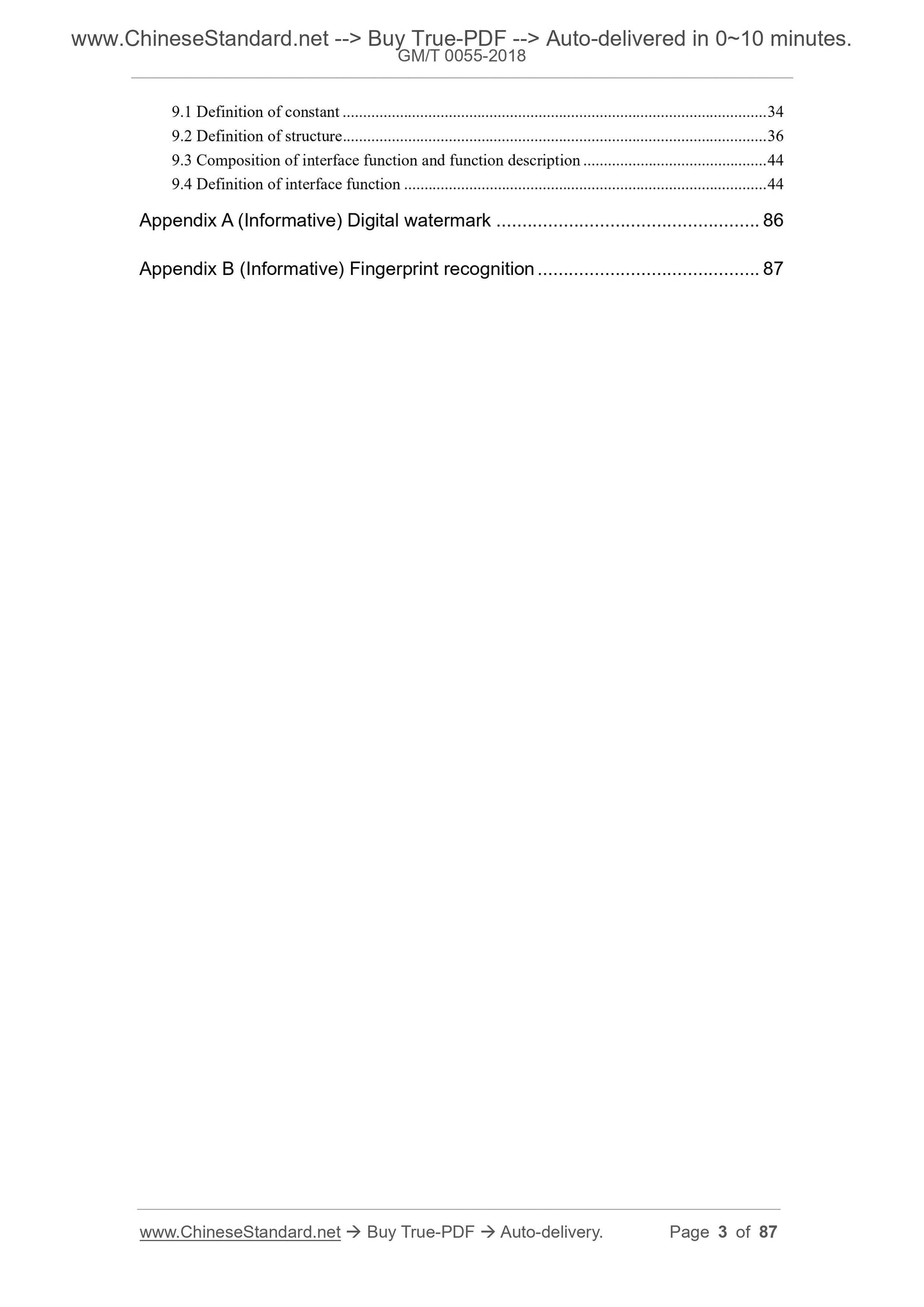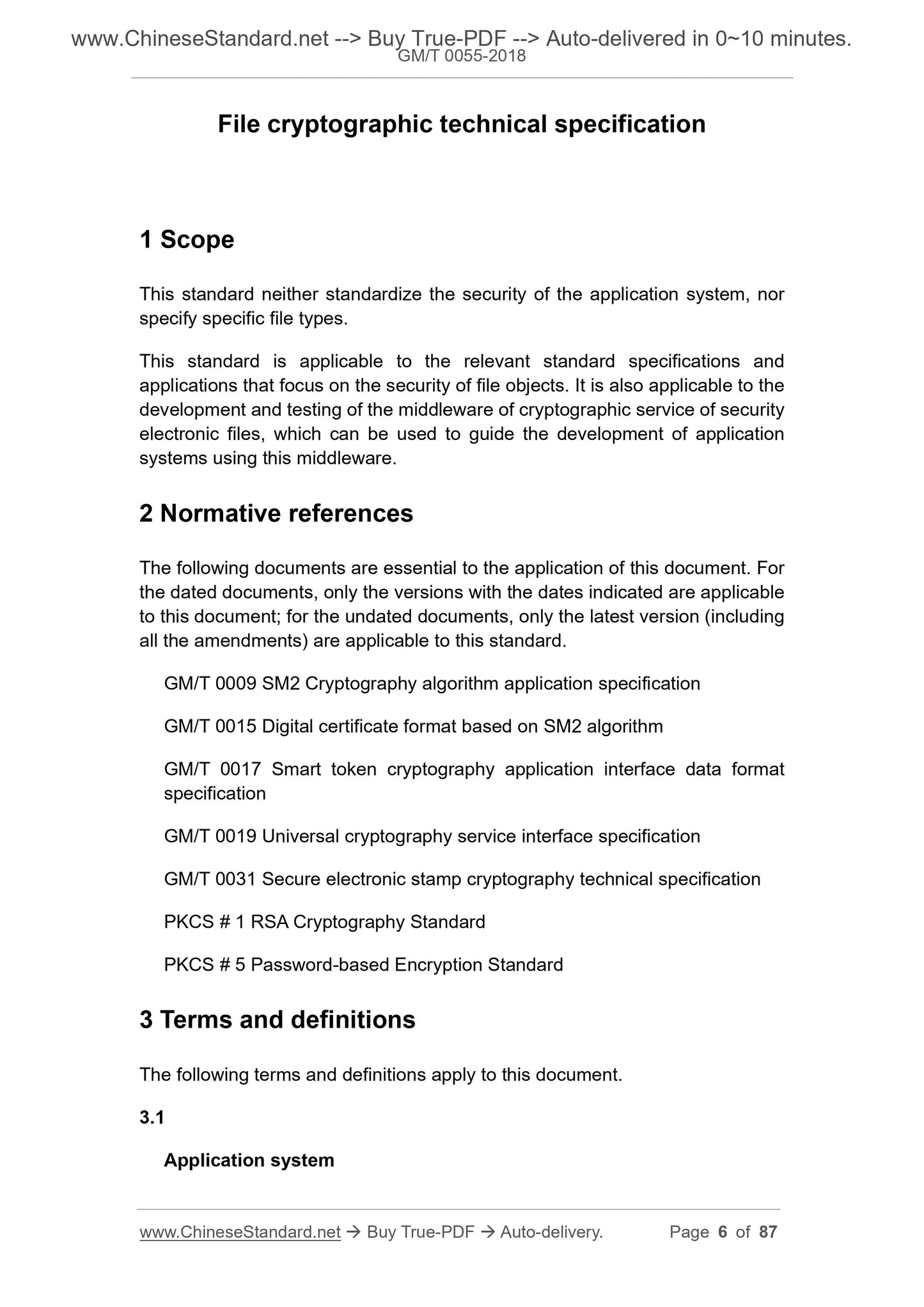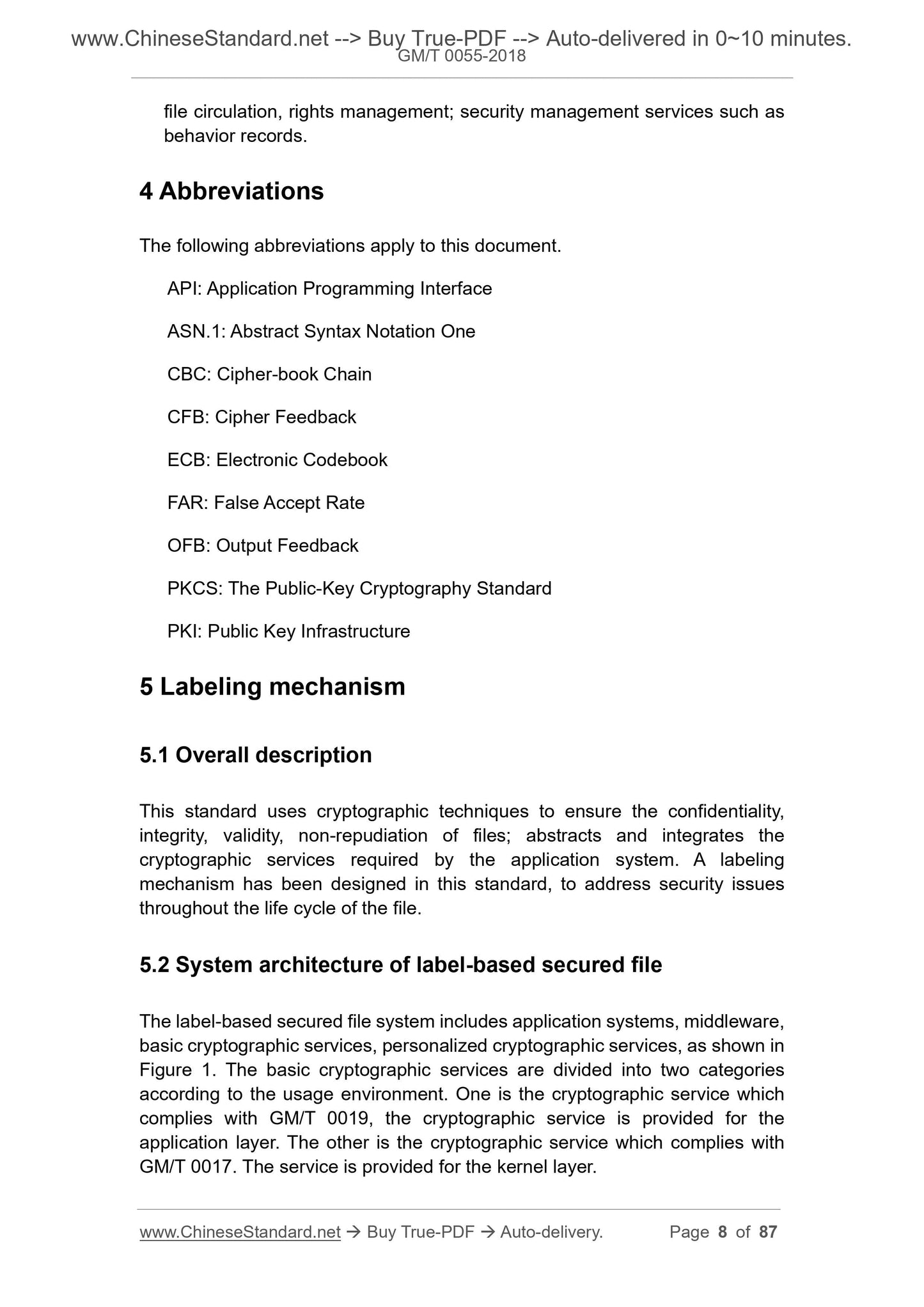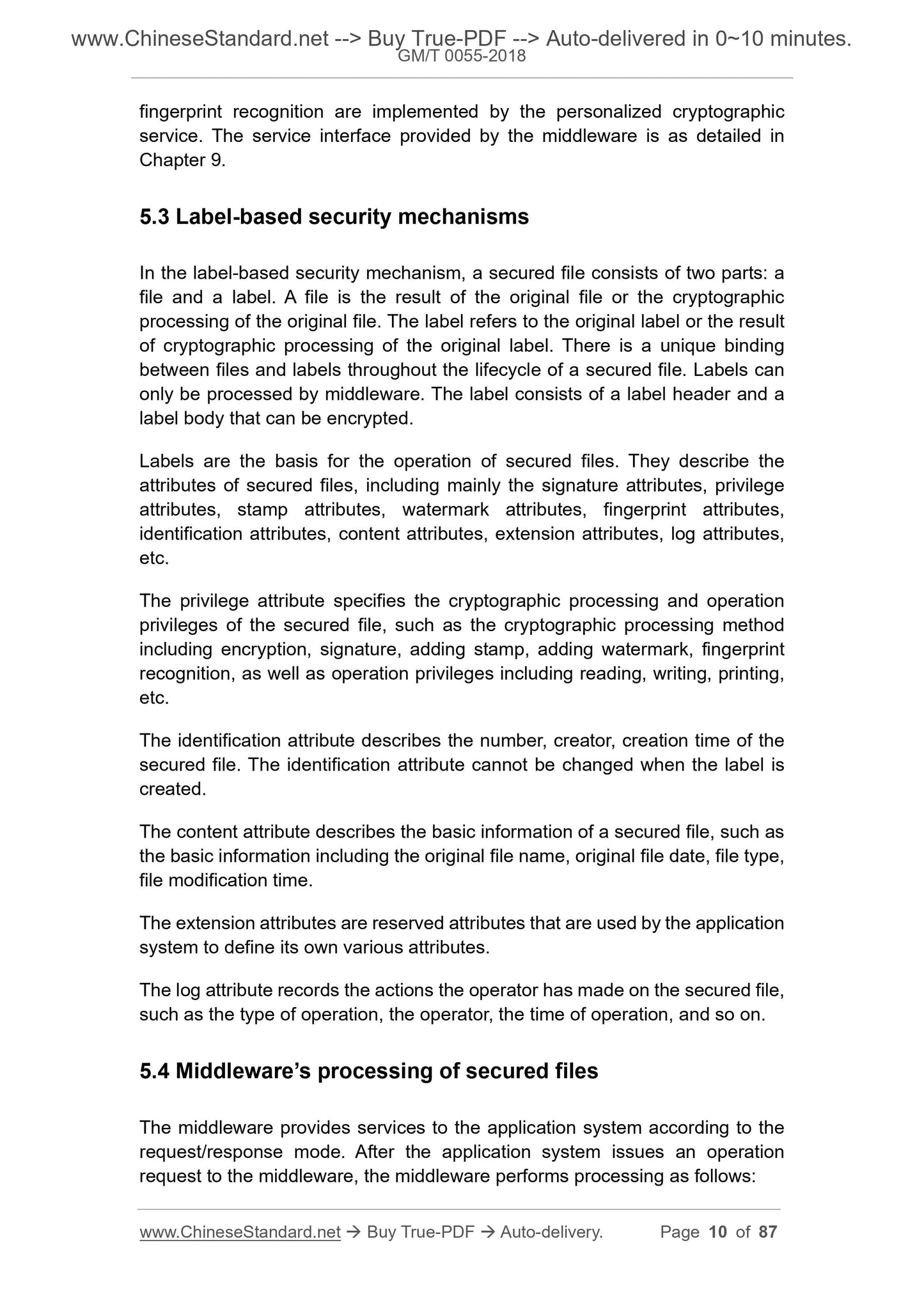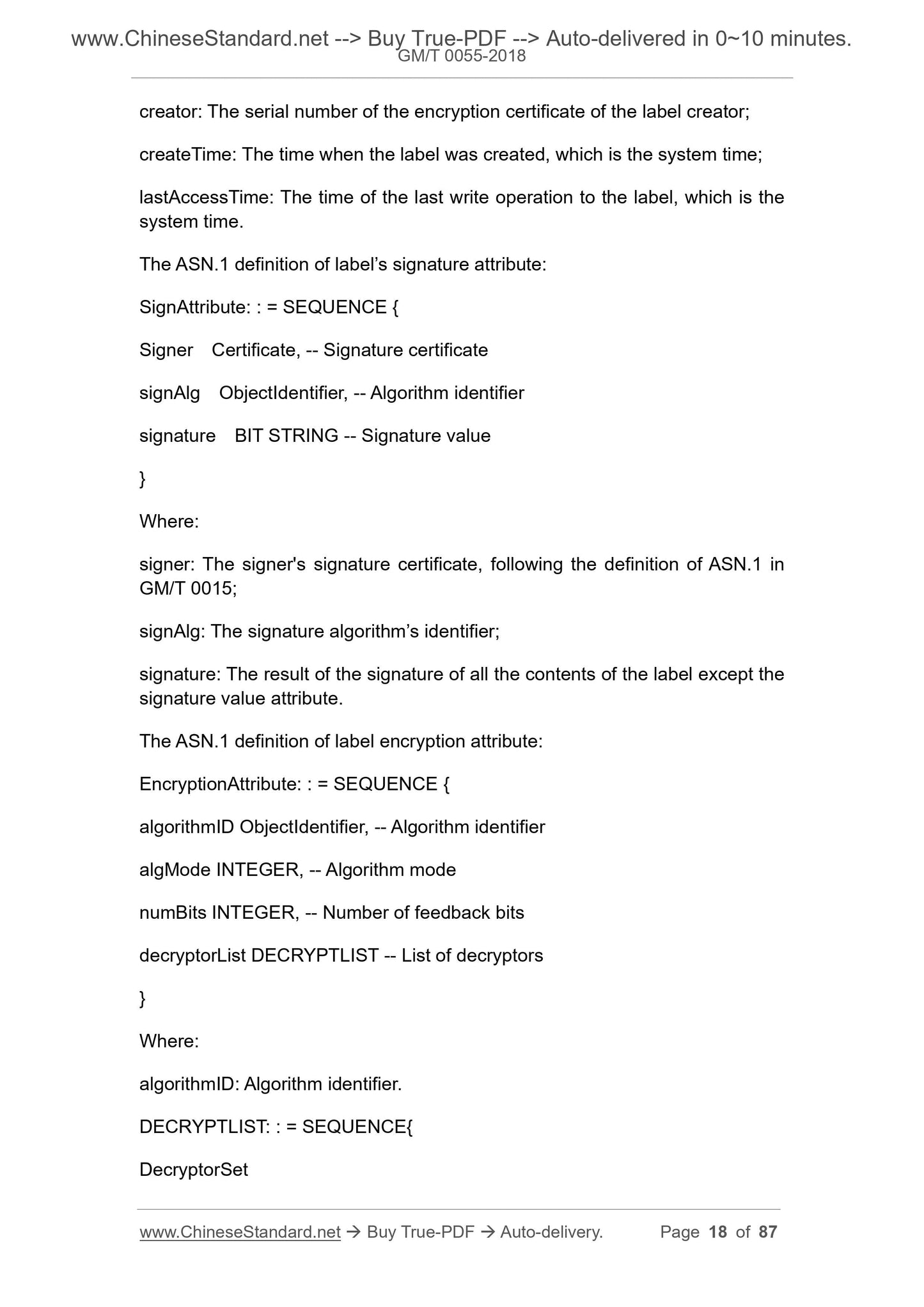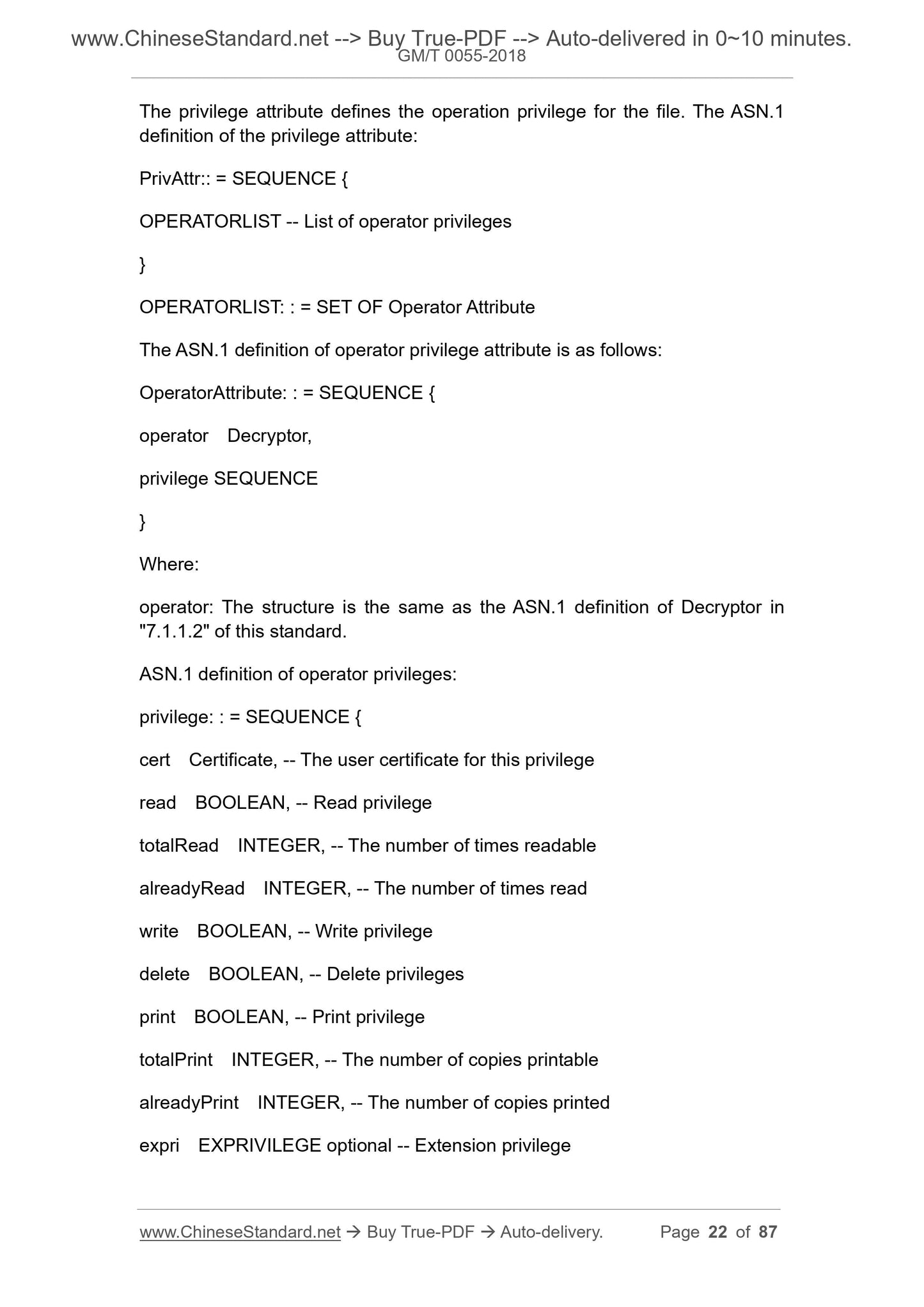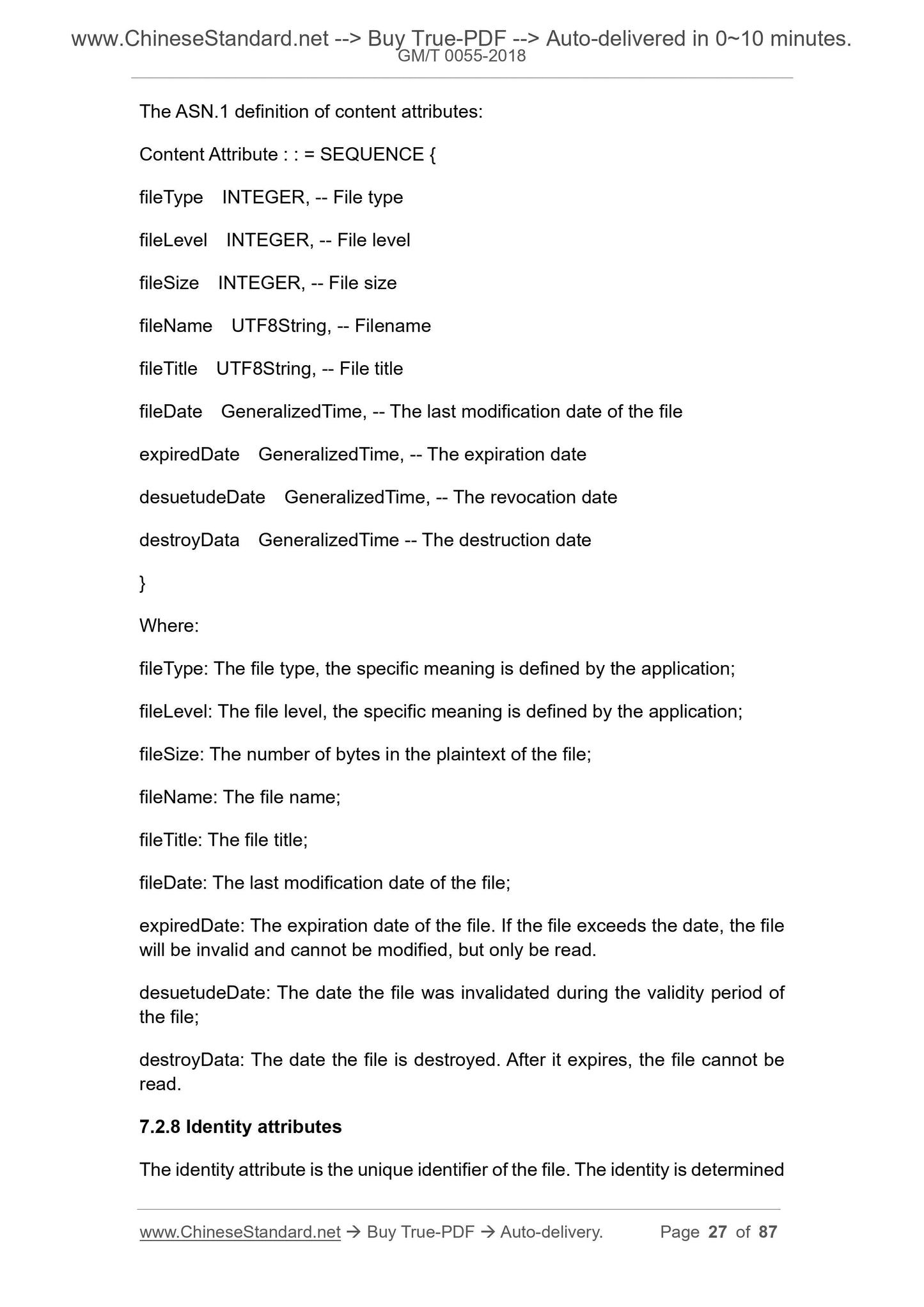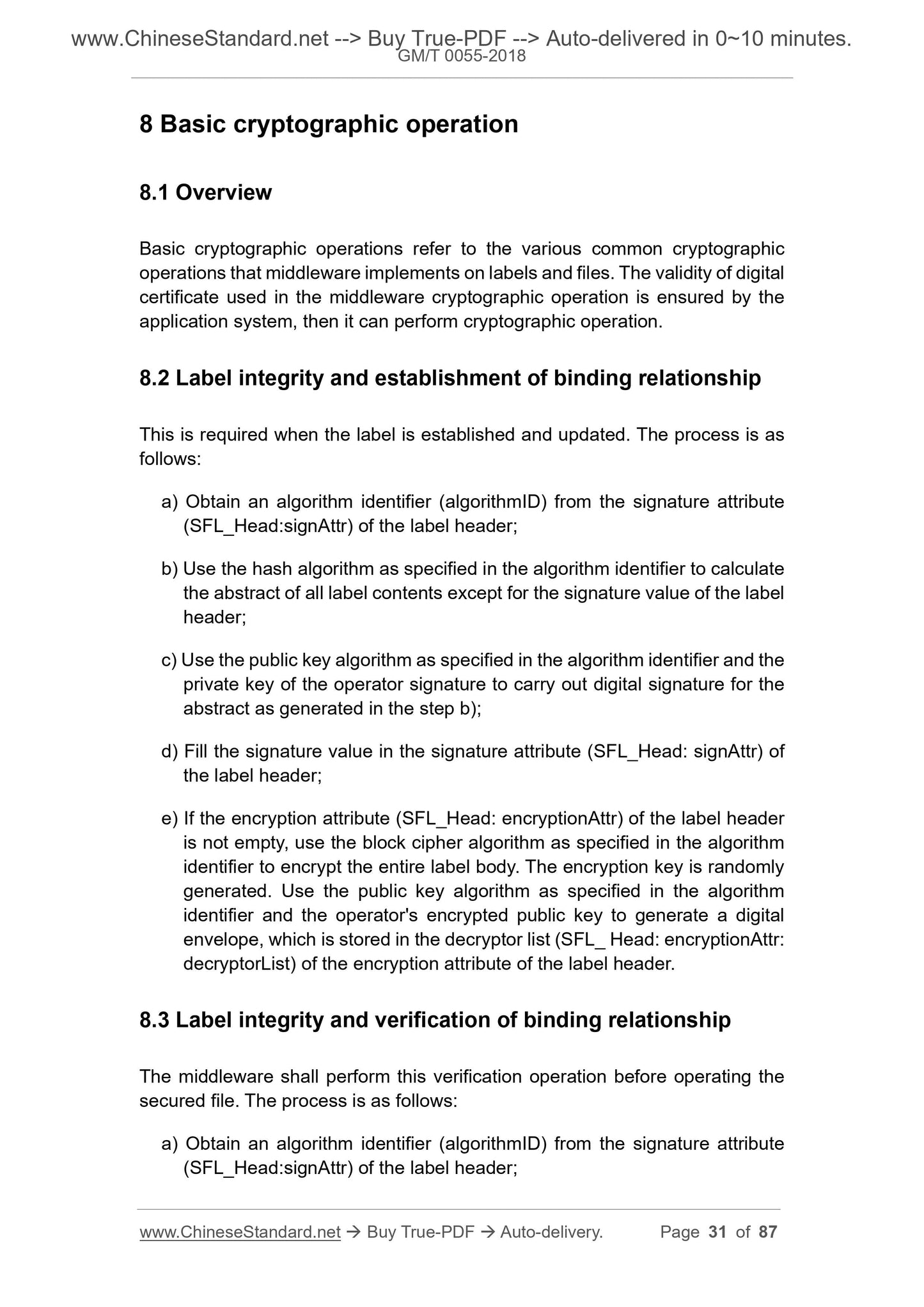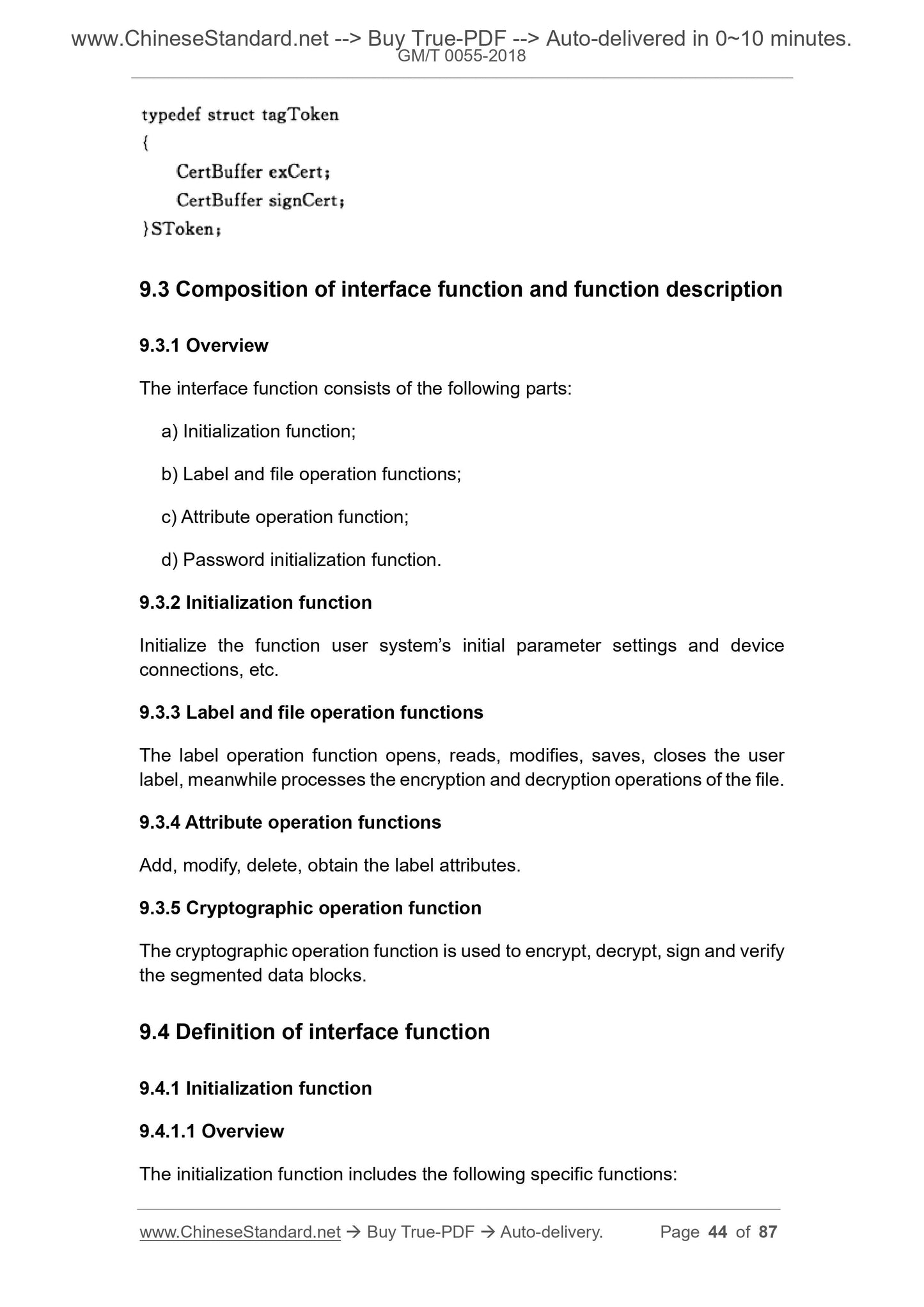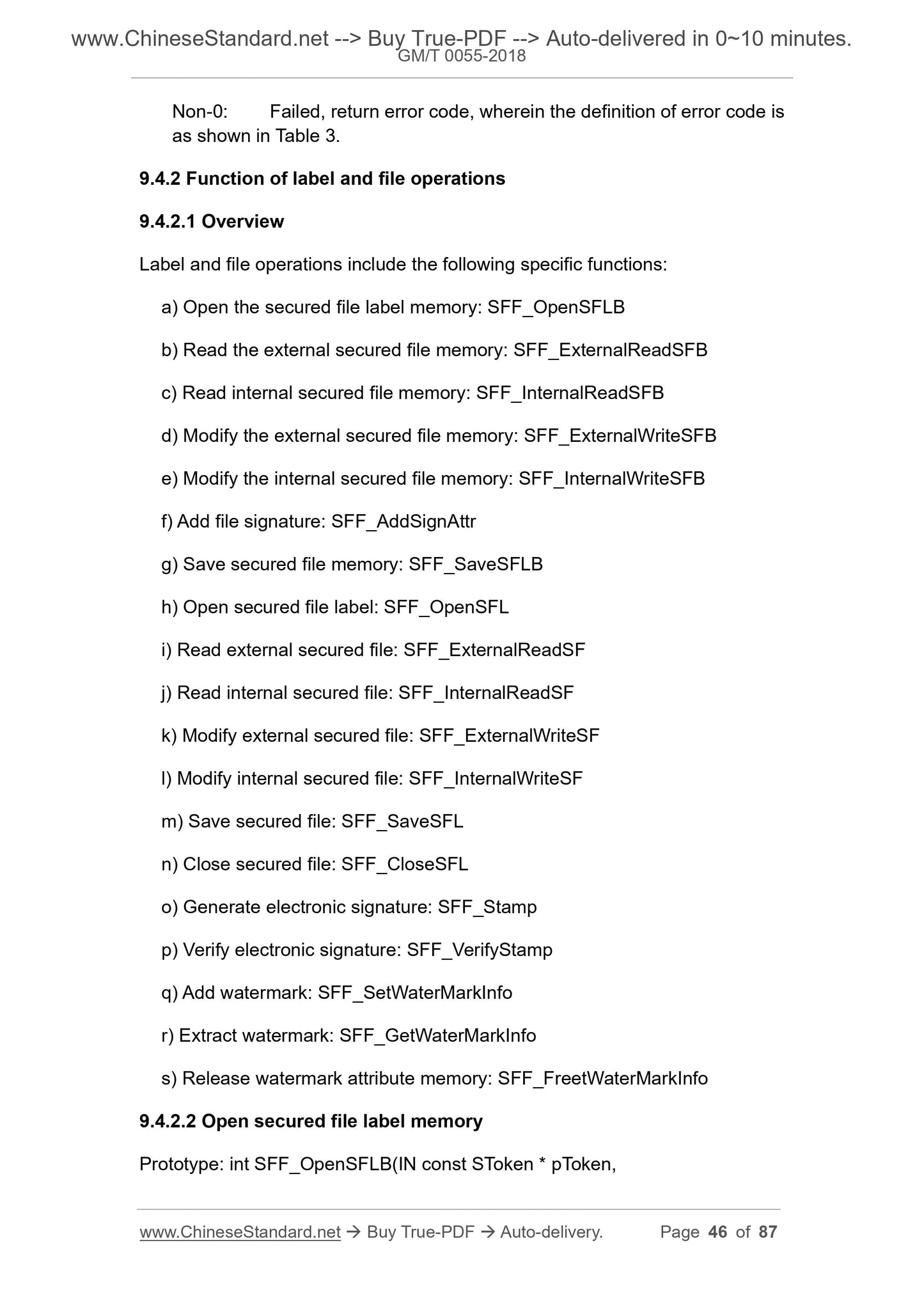1
/
of
12
www.ChineseStandard.us -- Field Test Asia Pte. Ltd.
GM/T 0055-2018 English PDF (GM/T0055-2018)
GM/T 0055-2018 English PDF (GM/T0055-2018)
Regular price
$490.00
Regular price
Sale price
$490.00
Unit price
/
per
Shipping calculated at checkout.
Couldn't load pickup availability
GM/T 0055-2018: File cryptographic technical specification
Delivery: 9 seconds. Download (and Email) true-PDF + Invoice.Get Quotation: Click GM/T 0055-2018 (Self-service in 1-minute)
Newer / historical versions: GM/T 0055-2018
Preview True-PDF
Scope
This standard neither standardize the security of the application system, norspecify specific file types.
This standard is applicable to the relevant standard specifications and
applications that focus on the security of file objects. It is also applicable to the
development and testing of the middleware of cryptographic service of security
electronic files, which can be used to guide the development of application
systems using this middleware.
Basic Data
| Standard ID | GM/T 0055-2018 (GM/T0055-2018) |
| Description (Translated English) | File cryptographic technical specification |
| Sector / Industry | Chinese Industry Standard (Recommended) |
| Classification of Chinese Standard | L80 |
| Word Count Estimation | 57,557 |
| Date of Issue | 2018-05-02 |
| Date of Implementation | 2018-05-02 |
| Issuing agency(ies) | State Administration of Cryptography |
Share
